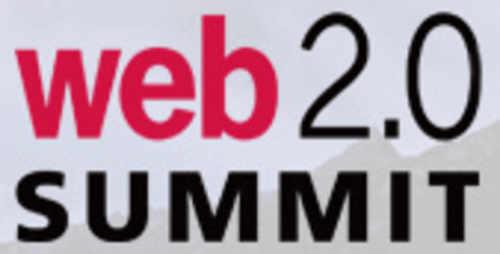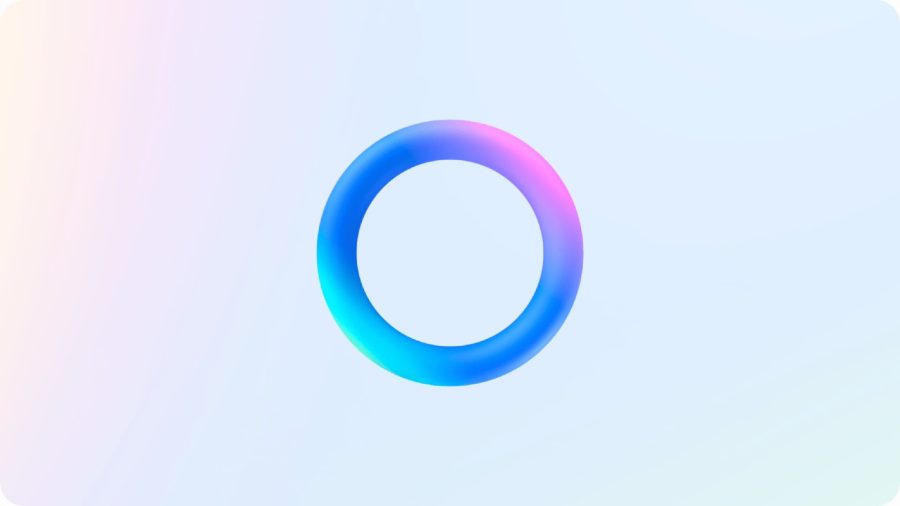I’m here at the Semantic Edge panel at the Summit, moderated by Tim O’Reilly and featuring W. Daniel Hillis (Co-Chairman and CTO, Applied Minds), Barney Pell (Founder and CEO of Powerset), Nova Spivack (Twine – see our review here). The panel starts with demos from each of the three speakers.

Freebase
Daniel Hillis starts with a demo of Freebase, which aims to “open up the silos of data and the connections between them”. Freebase is a database that has all kinds of data in it and an API. He shows a wagon wheel like UI of VCs, centered around John Doerr. He says it is basically objects and relationships between them. Because it’s an open database, anyone can enter new data in Freebase. An example page in the Freebase db looks pretty similar to a Wikipedia page (or a Twine page). When you enter new data, the app can make suggestions about content. The topics in Freebase are organized by type, and you can connect pages with links, semantic tagging. So in summary, Freebase is all about shared data and what you can do with it.
Powerset
Barney Pell is up next. Powerset (see our coverage here and here) is a natural language search engine. He says the system relies on semantic technologies that have only become available in the last few years. He says that Powerset has imported Freebase, to improve the database. He says the system can make “semantic connections”, which helps make the semantic database. He uses the example of Hulk Hogan and the list of wrestlers he’s defeated (Ric Flair, Randy Savage, et al). He says these connections comes from “the way the language is expressed”. He says that meaning and knowledge gets extracted automatically from Powerset.
Twine
Nova Spivack is up next, regarding Twine. Our review yesterday covers this. Nova Spivack notes today that Twine automatically learns about you and your interests as you populate it with content – the “Semantic Graph”. When you put in new data, Twine picks out and tags certain content with semantic tags – e.g. the name of a person. He says that an important point is that Twine creates new semantic and rich data. But it’s not all user-generated. They’ve also done machine learning against Wikipedia to ‘learn’ about new concepts. And they will eventually tie into services like Freebase. Finally he compares Twine to Google, saying it is a “bottom-up, user generated crawl of the Web”.
Panel Talk
Tim O’Reilly starts by asking whether all of these Semantic Web apps are available now? Hillis firstly notes that some of this technology is not necessarily Semantic Web. But to Tim’s question, Hillis says Freebase is “solid alpha”. Powerset has about 16,000 people already signed up, and you can sign up now. Twine “is usable today”, but it’s still in learning and testing phase. Spivack says it’s now an “invite beta”.
Tim then says that what ties these apps together is “semantics” (not necessarily Semantic Web, as Hillis noted). O’Reilly brings up Google, Flickr interestingness and how users can influence results (collective intelligence etc), but that it’s usually passive and hidden behind silos. But these new semantic apps are more open and they’re platform players. Hillis says that O’Reilly is on track, and eventually “there will be one Web of data”. He says Web 1.0 was a “web of documents”, and that it will be the same with semantic apps – it doesn’t make sense to have silos of data.
Nova said this is the value of open standards and the WC3. He says the Semantic Web is a certain set of standards, and that it where you get the (open) network effect. Barney says the real value is “making explicit what was once implicit” (in terms of data).
Tim asks: where is the interoperability within the 3 platforms (3 apps above). Hillis said Freebase is a platform because it’s specifically designed to be used by other apps.
In summary, Spivack notes that data portability and connectibility is the key to these new semantic apps – the Web is the platform and they’re just different services within the platform. Hillis though disagrees – he said Freebase is a platform! So the web is the platform of platforms (!).
On that overly semantic note, the panel ended.
Related:Web 3.0: When Web Sites Become Web Services, by Alex Iskold, which is a great overview of this new era of Semantic apps.










